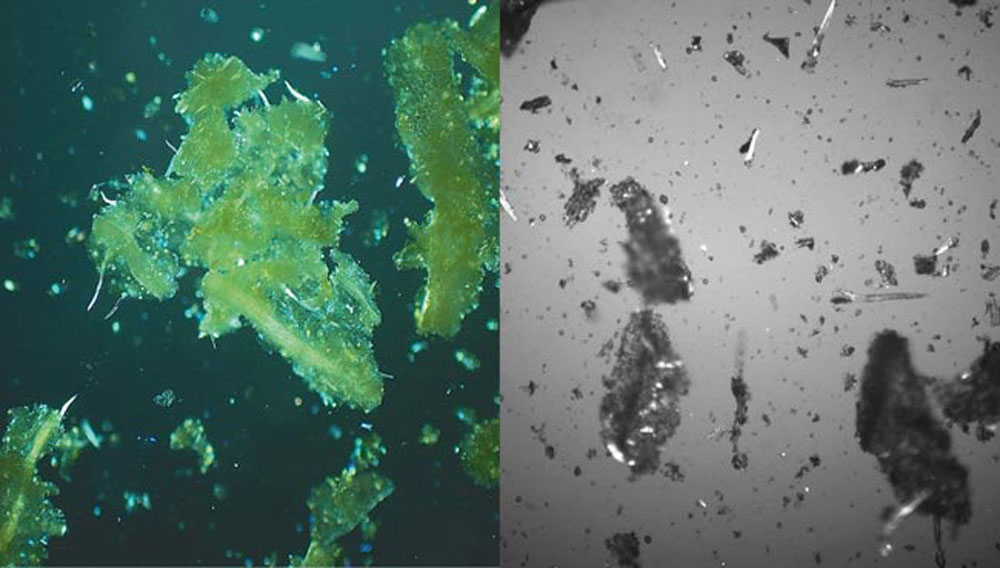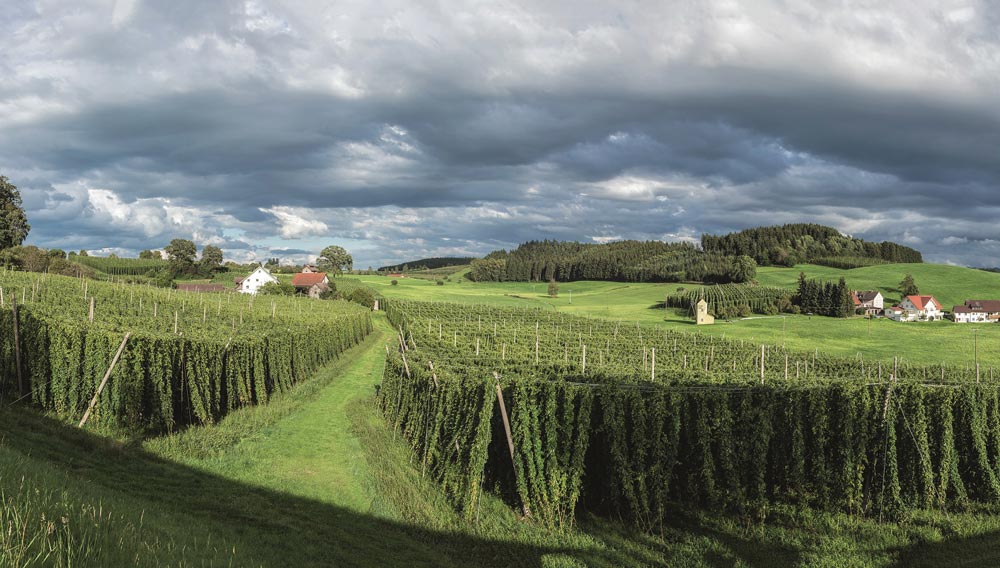
Hop filter cake | Dry hopped beers are a very important factor for the craft beer movement. In order to obtain the desired aroma profile, hops are added in the fermenter or storage tank. It goes without saying that solid particles added have to be removed with minimal losses after aroma extraction. Cake-forming filtration is thus investigated as a very promising alternative for solid-liquid separation processes used nowadays.
Hop research | The 5th International Humulus Symposium takes place in from 2 to 6 June 2020 in Stuttgart, Germany.
Malting barley report | The 2019 spring barley harvest has been largely traded in Europe. France and Great Britain served the market early and with low priced offers. Despite the qualitatively inconsistent and in some cases very weak supply, the European market assumes a surplus and maltsters nearly operate at full capacity.
Technical Support | As usual in December, we’re pleased to inform you about this year’s ratio of linalool to alpha acids.

Climatically different crop years | Callista and Ariana are both new aroma varieties which were recently approved and released for cultivation in 2016. They have already been characterized by the Hop Research Center in Hüll [1] and tested in brewing trials [2]. The results showed that both varieties are suitable for use as aroma hops in late additions as well as flavor hops in dry hopping applications.

Key reaction | Bitterness is a primary flavour attribute of beer. Iso-α-acids are the key constituents of beer bitterness and their formation from the hop α-acids during the boil is often referred to as ‘the key reaction of hops in brewing’. This paper highlights the chemical background of beer bitterness, in particular hop α-acids isomerisation.
Hop Analysis Working Group | The 2019 hop harvest is over. The AHA (Hop Analysis Working Group) announces the average alpha acid values as determined in freshly harvested hops.
Yakima Chief Hops | According to a press release, the US-based hop supplier Yakima Chief Hops recently exported the largest shipment of freshly harvested hops from the Pacific Northwest to South Korea in just one day for the first time in brewing history.

Anniversary | In 1844, Charles Goodyear obtained the patent for his process of rubber vulcanization. That same year, Samuel Morse sent the first telegraphic message in his eponymous alphabet from Washington D.C. to Baltimore, and in Munich, an increase in the price of beer sparked riots in the streets. 1844 was also the year in which the first hop farmers convened on Lake Constance to form a group sharing common interests. 175 years ago, they laid the cornerstone for what would become, in its present form, the Hopfenpflanzerverband Tettnang (HPV or in English, the Tettnang Hop Growers’ Association). Since its founding, of course, many things have changed – both in hop farming and also in the work performed by the Hop Growers’ Association. On the occasion of the Association’s 175th anniversary, BRAUWELT International spoke with HPV Executive Director Jürgen Weishaupt about the past, the present and the future in Tettnang.
Germany | Business objectives have changed, new companies have been added, but the name Joh. Barth & Sohn has remained unaltered for over 200 years. Time for new name. As of November 2019, the company will be called BarthHaas.
Sufficient supply expected | Quality differences characterize this year's spring barley harvest in Europe. Protein content and screening vary greatly from region to region.






